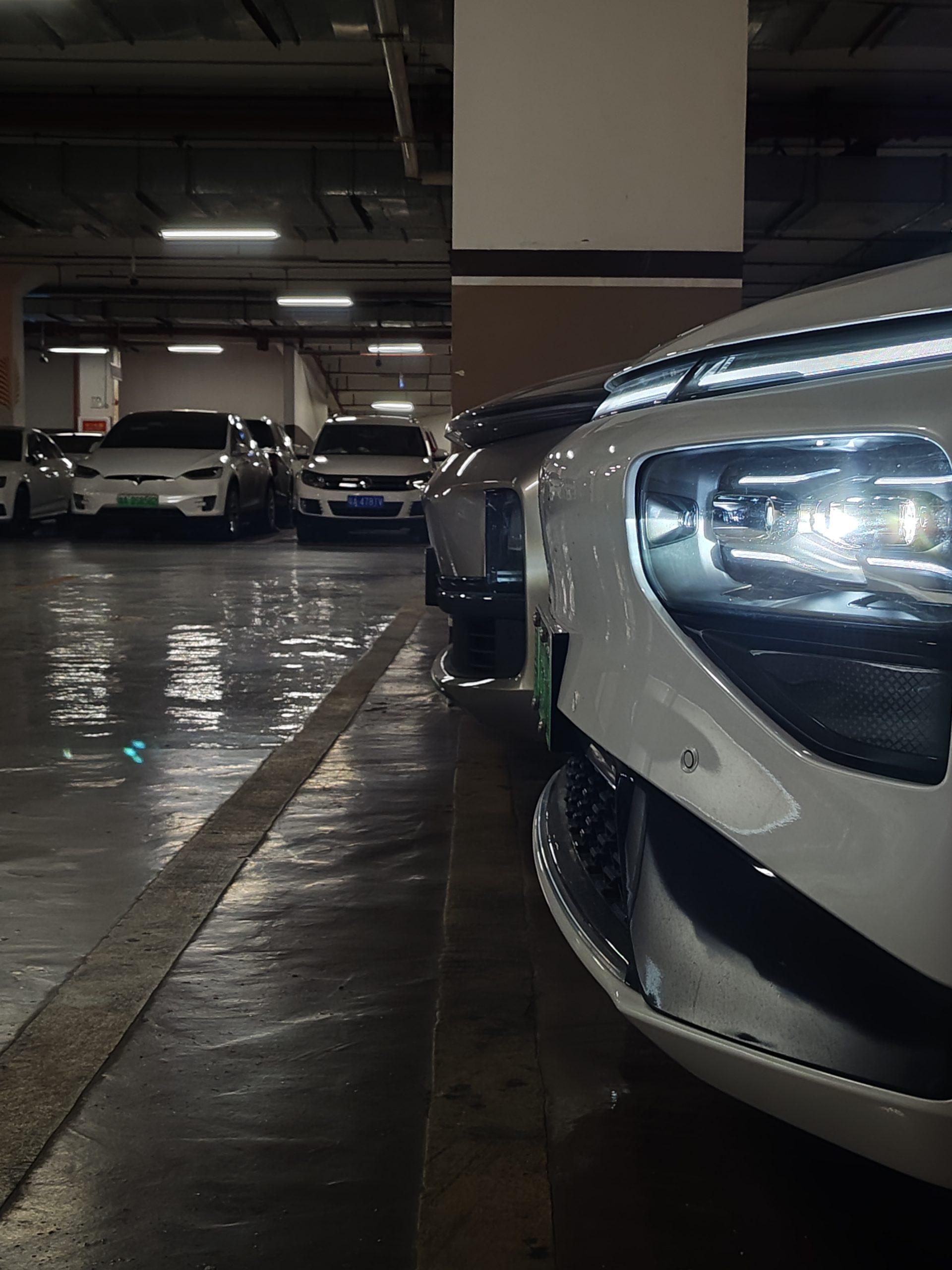Continuing from the previous article, after charging up to 90% at noon on December 4th (WLTP range of 513 kilometers), I decided to conduct a daily range test (driving until the battery warning light came on before recharging). The test ended on December 14th with only 27 kilometers of range remaining. Before discussing the range performance, let’s first list out the driving settings and environment:
- Driving mode: Standard;
- Regenerative braking strength: Medium;
- Weather: Air temperature between 14-20 degrees Celsius, no rainy days;
- Tire pressure: Cold pressure of 2.6 bars;
- Air conditioning: Turned off, only using ventilation at 2-3 levels;
- Heated seats: Turned off;
- Sentry Mode: Turned off;
- Music: Constantly playing;
- Advanced driving assistance: Engaged in NGP or LCC on highways, manually driving on other roads;
- Ratio of highway/city driving: Drove 151 kilometers on highways with speed limits of 100-120 kilometers/hour and 70 kilometers on intercity expressways with speed limits of 80-100 kilometers/hour. The rest of the time was spent driving on city roads with speed limits within 80 kilometers/hour;
- Passenger load: Drove over 200 kilometers with my wife and child, and drove alone for the rest of the time.
Result: After completing the test, the displayed range dropped to WLTP 486 kilometers, but the actual driving distance was 504 kilometers, achieving a range ratio of 103.7% (according to CLTC standards, the range ratio is 84%).

Conclusion: The weather in Guangzhou lately has been very friendly to electric vehicles. The temperature dropped to a range where air conditioning was not necessary but it was not cold enough to start affecting battery range. In such weather conditions and with my driving settings, achieving a range exceeding WLTP by over 1:1 was quite surprising.
This article is a translation by ChatGPT of a Chinese report from 42HOW. If you have any questions about it, please email bd@42how.com.
